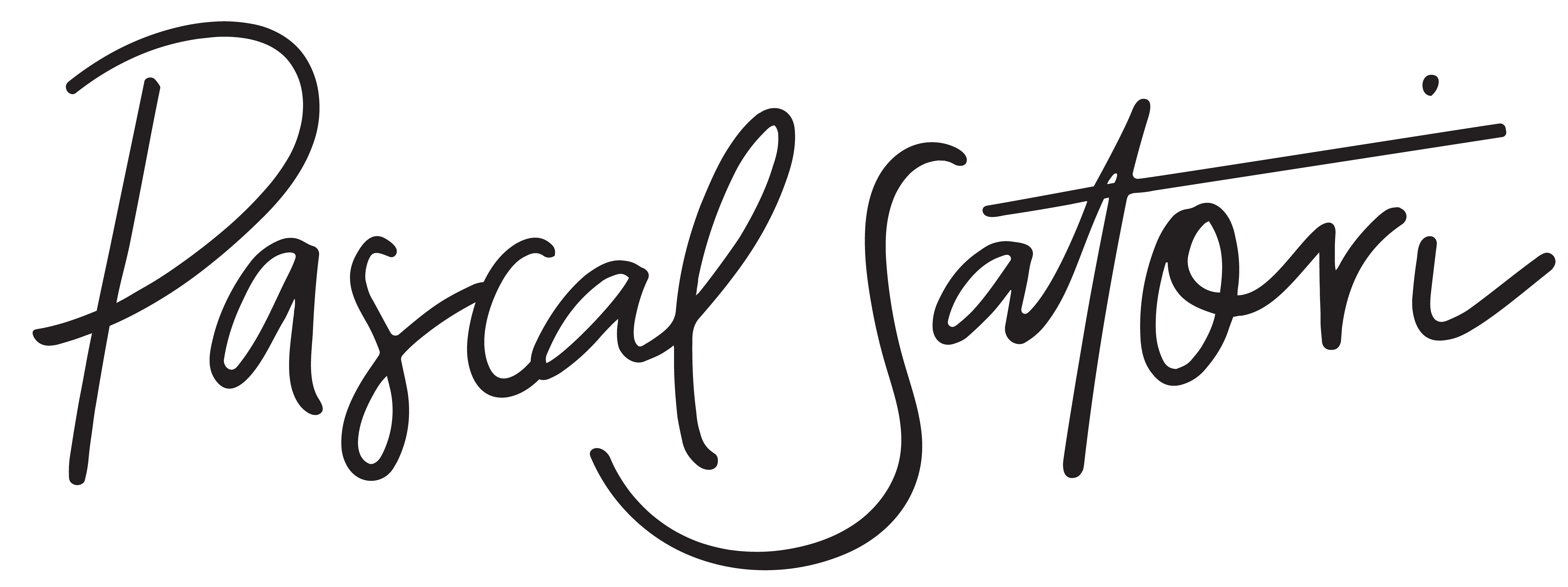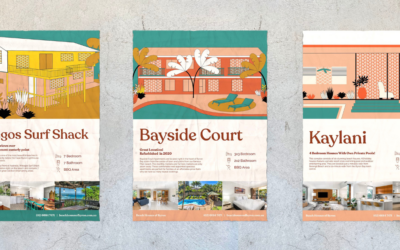Hey Pascal: What is Marketing?
Answer: according to the Oxford dictionary – ‘marketing is the action or business of promoting and selling products or services, including market research and advertising.’
Simple right? Well even google manages to provide approximately 7,070,000,000 different results to answer this question! It’s no wonder people are still confused about what marketing is and where its purpose lies. Let’s take a closer look at how marketing has evolved over the years and why modern marketing can make or break your businesses’ success.
Big budgets and brand behemoths!
Marketing is often considered as a grand idea that harks back to ‘golden era’ of advertising, where booze fuelled, glamorous lunches saw ad-men (and it was predominantly a male driven industry) of the era spending up big on TV & Radio advertising, building some of the biggest brands of the day.
These push strategies of old, where marketing messages spruiking a products finest features were broadcast on a mass scale, hoping for some kind of Pavlovian purchase response were the by-product of a much simpler time. No internet, no social media, none of this omnichannel digital world in which we live in today.
We had little knowledge of customer decision making journeys; and frankly, some traditional marketing methods didn’t care too much to delve too deeply into this.
Back then, customers weren’t the first consideration, marketing was about pushing out a message and hoping it would be consumed by the mass audience.
And then along came digital….
Marketing in the digital age experienced a big transformation, a glow up of epic proportions.
The world became a far busier place, our digital lives now lived in a world of constant disruption, thousands of competing messages always shouting for our Attention across multiple online channels and platforms, all of the time.
While content became far more consumer centric and creativity at the forefront of marketing strategy, results and measures also sharply came into focus for marketers navigating the digital world.
Online Marketing campaigns meant that every single action had a result. We could monitor every step in a customer’s online path to purchase and measure every sale from the very first engagement. We had measures for click through rate, dwell time, lead conversion, basket abandonment, returning visitors, drop out rates, you name it we could now measure it.
With the overwhelming amount of data now at our fingertips, came increased scrutiny on results. Marketers began to focus on pushing out large volumes of content and messaging to mass audiences, with the ability to monitor the performance of each individual message and optimise content quickly and inexpensively in response to these metrics. This is what we call Performance Marketing .This kind of results driven marketing was seen as almost a saviour for marketers. For the first time we could accurately quantify our campaigns and justify our marketing spend. We could prove to the business that the so-called marketing ‘fluff and fuzz’ was actually working. It wasn’t all glitz and glamour, we could prove real results with real financial impact.
This abundance and speed of available metrics also made for quick decision making, but all too often these decisions are made in silos, without consideration of the impact of any other marketing activity, in particular Brand Building.
At the same time, intuitive, easily accessible digital tools, empowered many Businesses to take marketing into their own hands. The learn-on-the-fly approach allowing for non-creatives to create and non-marketers to market.
The resulting Marketing activity chased quick, reflex click/like responses at risk of becoming purely executional, and often underwhelming.
What’s often lost when this type of Performance Marketing becomes the sole focus, is the human, customer centric element of marketing.
Amazing brands will make people feel a connection, they will actively choose one brand over another, time after time, because they are emotionally invested in it. This is the kind of loyalty and customer retention smart brands can turn into overall business success.
So while digital offered up this results driven smorgasbord of metrics, our brand building efforts often suffered and in many cases marketing efforts mirrored those ‘Golden Era’ ways where the customer wasn’t the first consideration or centre point of our marketing strategy. Our thinking was done on the fly, creativity went missing and brand distinction lost. We became so focused on the results, the true brand value of brand building was lost.
The now of marketing….
Fast forward to today, where successful modern marketing should be developed with a customer mindset and Design Thinking to strategically build brands that uniquely engage and connect with their audiences.
Taking a step back to review your business and its unique challenges, in combination with out-of-the-box thinking has the ‘power to give us tools instead of rules’. Tools to create, shape, nurture, analyse, measure and harness the potential of effective marketing and business collaboration.
The end result? Unique, bespoke, marketing strategies that build a future of your business.
This approach drives us to better leverage all levels of the Marketing Funnel rather than focusing too heavily on either the top (Brand Awareness – eg. digital advertising) or bottom (eg. Brand Advocacy – connection), we start to connect each of these areas.
For instance, we might ask, how can social media (top funnel) generate testimonial or advocacy (bottom funnel)? This ‘Full Funnel’ approach combines elements of Brand Building with Performance Marketing, enabling your business to become more relevant and connected to customers than ever before. More engaged customers are likely to be invested in your brand and more loyal than those that stumble across your Facebook page through a generic keyword search or mass generated social ad.
A focus on marketing that works towards customer engagement and experience, drives us to be more imaginative, creative and thoughtful in our ideas. When we place the customer at the centre of our thinking, we build marketing strategies that will truly connect with our audience. Our old ways of marketing serve as a lesson and reminder for our modern marketing approach. We need the big bold ideas of the Golden era ad men, because grabbing attention is the first step in any kind of successful marketing campaign. We also need performance marketing, because the ability to measure and optimise marketing activity and track customer journeys, gives us invaluable insight into what’s working and what isn’t.
But what we need most of all, is to bring these ideas together. Creative thinking and showstopping ideas should be the result of great customer data. We should be guided by our metrics and insights to help build our brands and position ourselves as unique and memorable. While some of that brand connection may not be as directly quantifiable and measurable, we gain back the creativity and ability to differentiate, and in the long run, create brands that are built to last and will hold their value over time.
If we use an analogy to help us understand this approach to modern marketing; lets think about if Marketing were a gym. You show up, you put in the grunt work, you don’t expect immediate results because you recognise that you’re building something over time (like muscle) while trimming something else (fat). For the best long-term results that last, you can’t focus on showing up to the gym alone – you need to focus on the combination of diet and rest to achieve the results you want.
This shift in thinking for many businesses away from the direct and measurable forms of digital marketing can understandably feel too abstract, and often ideas that don’t provide instant results or financial gain, aren’t given the green light. No one wants to pay for something they don’t understand and can’t see immediate results from.
But building long-term, successful brands needs to be a marathon rather than a sprint. We need to combine the gym with healthy eating and the right amount of rest for our bodies to perform at their optimum. Short term, the rewards may not be immediately visible, but the work done now, will over time keep building towards gathering a loyal customer following, with brand success and business value.





